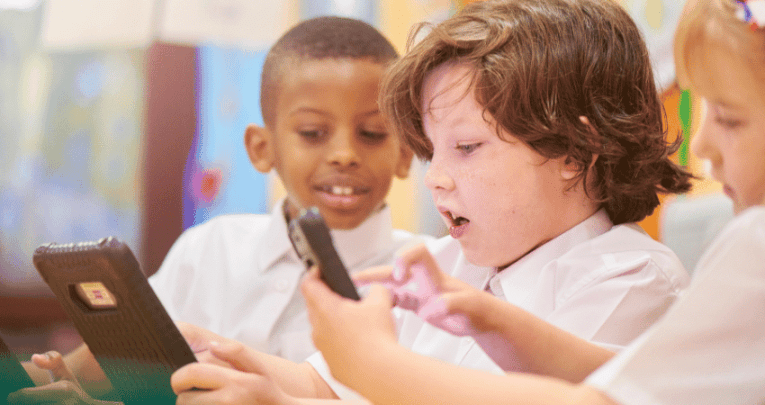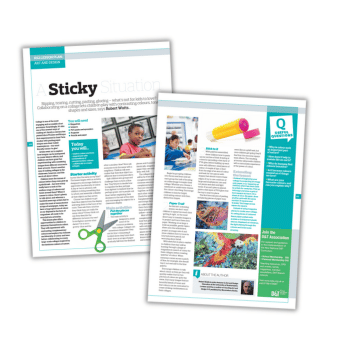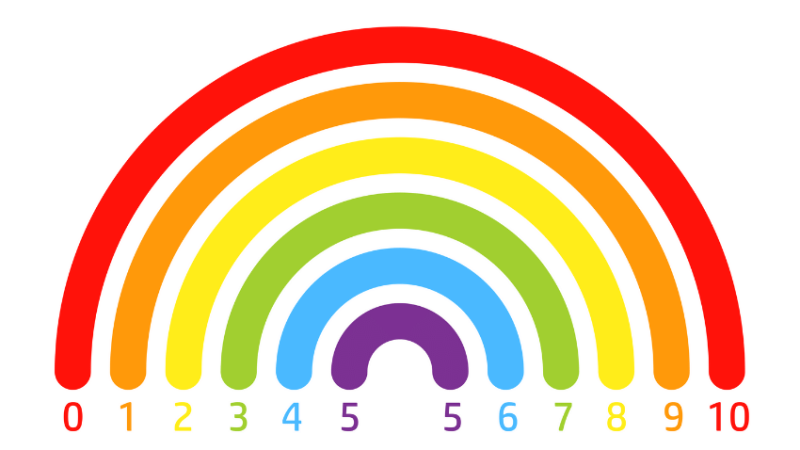Collaborative learning – What it is and how to benefit from it

If used appropriately, collaborative learning can do wonders for your learners’ confidence and engagement…

Join us as we explore the power of collaborative learning, a dynamic approach that engages students while fostering critical thinking, communication and teamwork…
What is collaborative learning?
Collaborative learning is more than just a buzzword; it’s a journey of discovery, challenges, growth, and success.
Collaborative learning can be likened to a live jazz band. The band members, much like pupils in a collaborative setting, have a shared purpose, trust, and innovation.
They rely on one another to share chords, maintain tempo, and navigate musical transitions. The solo moments in a jazz performance allow each musician to shine, recognising their individual contributions.
Jazz music embodies humility and togetherness; egos are set aside to harmonise as one. This mirrors the ideal classroom, where every learner strives for their best, supporting one another.
A classroom is only as strong as its least engaged pupil. Building this collaborative learning culture requires a sequence of steps to ensure everyone gets their moment to lead and shine.
“A classroom is only as strong as its least engaged pupil”
Initially, you’ll serve as the bandleader, guiding pupils in this ‘zone of collaboration.’ But over time, pupils themselves can take the reins, leading their peers in collaborative endeavours.
Why collaborative learning is important
Collaborative learning offers more than just academic growth; it fosters empathy, promotes a sense of community and equips pupils with the social skills to thrive in a range of different environments.
In this era, collaborative learning is a vital skill both inside and outside of school, especially now that we are in a global market.
For educators, collaborative learning is not merely a tick-box exercise, but a mission to mould holistic individuals who can adapt in diverse settings.
However, achieving successful collaborative learning isn’t as straightforward as placing pupils into groups and hoping for the best.
“Collaborative learning is not merely a tick-box exercise”
The challenge lies in teaching children to collaborate and helping them recognise when they’re working together.
Many young people will already be able to grasp the idea that ‘sharing is caring’. Using this concept in collaboration can effectively illustrate that taking on different roles and responsibilities in a group is another form of sharing.
Getting it right
Crafting a collaborative classroom is akin to orchestrating a symphony, with each pupil playing a vital role. It starts with the educator’s keen sense of observation: you as their teacher must understand their strengths, weaknesses, aspirations, and fears.
With this comprehensive insight, you can design group dynamics that amplify each pupil’s potential.
However, merely forming groups is just the beginning. The magic unfolds when these groups tackle challenges mirroring real-world scenarios.
“Merely forming groups is just the beginning”
When pupils see the broader relevance of their task—whether designing a sustainable city or creating a community awareness campaign—their intrinsic motivation soars.
They’re not merely completing an activity, they’re making a difference.
Tackling group anxiety
Dealing with ‘group anxiety,’ where some pupils are naturally more assertive than others, requires a balanced approach.
Teachers can allocate leadership roles, distribute tasks, and provide examples to guide the class. Creating subgroups within the larger group can help pupils tackle challenges while minimising conflicts arising from personality differences or friendships.
Classrooms are diverse, with some pupils naturally taking charge while others are more reserved. The challenge is in ensuring every voice, whether loud or soft, finds its space.
Consider introducing a word bank tailored for different stages of collaboration for pupils to draw upon. Modelling collaboration will allow you to control the scenario initially.
“The challenge is in ensuring every voice, whether loud or soft, finds its space”
As groups become familiar with this type of activity, you can gradually grant them more independence.
Additionally, the classroom’s physical layout plays a pivotal role in collaboration. Consider the furniture arrangement and ensure it doesn’t stifle collaborative efforts.
Key skills
Beyond teamwork, collaboration instills numerous skills:
- effective communication, where pupils not only express but ensure their ideas are understood
- active listening, a skill often overlooked, yet crucial for valuing others’ inputs
- empathy
- resilience
Regularly rotating leadership roles can be transformative, providing opportunities for every pupil to lead and follow, understanding the nuances of both.
By frequently reshuffling groups, pupils learn to adapt and work with different personalities, a crucial skill in today’s diverse workplaces.
As educators, our role isn’t just to oversee these interactions but to actively mentor and guide. Regular feedback sessions, where pupils reflect on their group dynamics, can be insightful.
They learn not just to work together, but to work better together.
“Our role isn’t just to oversee these interactions but to actively mentor and guide”
Initially, collaboration might seem daunting to some pupils. So, starting with structured activities, providing clear roles and expectations, is advisable.
As they become more comfortable, introduce open-ended tasks that foster creativity and problem-solving.
Collaborative learning guidelines
Here are a few guidelines to help with the process:
- Understand the objective: Begin with a clear understanding of what you want pupils to achieve. Whether it’s solving a maths problem, creating a group story, or conducting a science experiment, knowing the goal will guide your strategy.
- Group dynamics matter: Not all children work well together. Rotate group members periodically to foster adaptability and expose pupils to varied perspectives. Consider a mix of abilities, personalities, and learning styles.
- Define roles: Within groups, give pupils specific roles. This can include a leader, a recorder, a timekeeper, or a presenter. Defined roles ensure each pupil has a clear purpose and responsibility.
- Scaffold the process: Especially for younger pupils, collaborative learning can be a new experience. Provide scaffolding by modelling how to discuss, share ideas, and come to a consensus. Over time, as pupils become more adept, you can reduce the level of guidance.
- Create a collaborative environment: The physical layout of your classroom can promote or hinder collaboration. Arrange desks in clusters or circles to facilitate interaction. Ensure resources, like markers, chart paper, or digital tools, are easily accessible.
- Set ground rules: Collaborative learning thrives in an environment of respect and active listening. Discuss and establish ground rules with your pupils. This can include taking turns speaking, no interrupting, and valuing every team member’s input.
How to facilitate collaborative learning
- Active monitoring: As pupils work, circulate the room. Listen to their discussions, offer guidance when needed, and ask probing questions to deepen their thinking.
- Feedback is gold: After a collaborative session, provide feedback. Highlight what went well and suggest areas of improvement.
- Reflection time: Allow pupils time to reflect on their collaborative experience. What did they learn? What challenges did they face? This reflection fosters self-awareness and growth.
- Stay updated: Collaborative learning techniques are ever-evolving. Engage in professional development, read up on new strategies, and be open to experimentation.
As we spearhead this collaborative journey, let’s continuously ask ourselves: How can we refine, enhance, and perfect collaborative learning in the classroom to best serve our pupils?
Mark Martin MBE is an assistant professor in Computer Science and Education Practice at Northeastern University, London. He is the author of My Teaching Routine.










